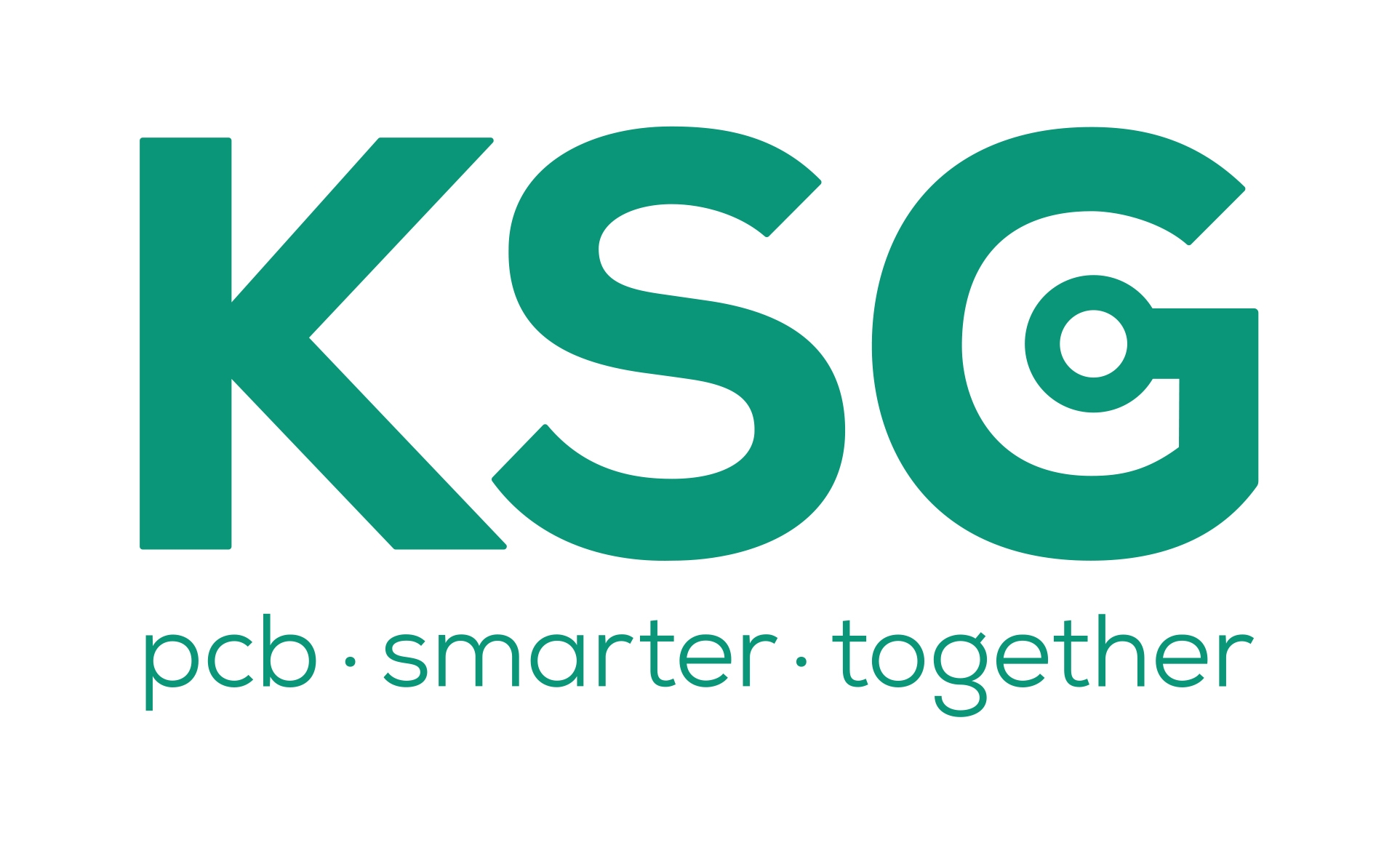3D printed circuit boards: three technologies, three examples (part 2)
Semiflex printed circuit board: the low-cost alternative to rigid-flex Semiflex is considered a cost-effective alternative to rigid-flex technology. The absence of flex foils lowers the price, but also reduces the bending properties. The moving areas are created here by deep milling in the FR4 circuit board, and the residual thickness is only approx. 150 µm.
